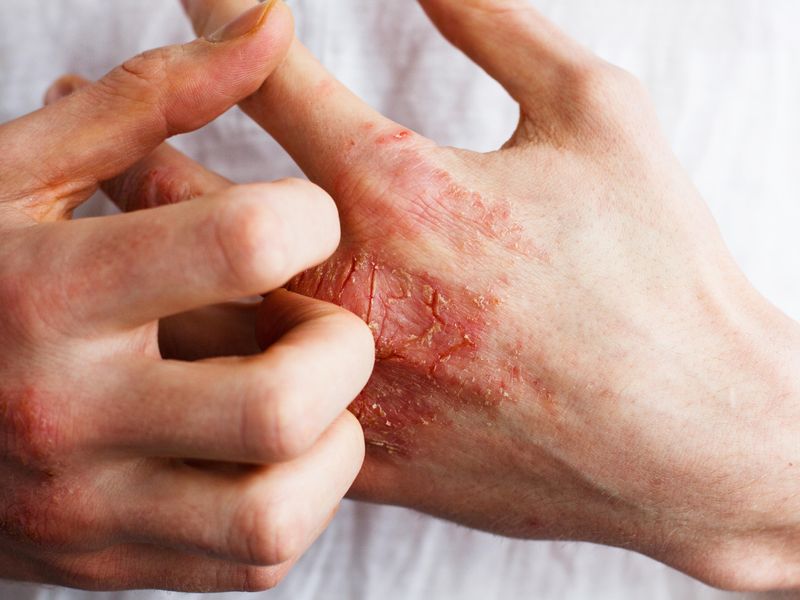Molecular signatures for inflammatory skin diseases can help with classification of clinically indeterminate skin rashes
FRIDAY, April 15, 2022 (HealthDay News) — In research published online April 15 in Science Immunology, distinct classes of human inflammatory skin disease are defined at the molecular level.
To examine the molecular dysregulation underlying inflammatory skin conditions, Yale Liu, M.D., from the Second Affiliated Hospital of Xi’an Jiaotong University in China, and colleagues single-cell-profiled CD45+ immune cell transcriptomes from skin samples of 31 patients: seven with atopic dermatitis, eight with psoriasis vulgaris, two with lichen planus, one with bullous pemphigoid, six with clinical/histopathologically indeterminate rashes, and seven healthy controls.
The researchers identified active proliferative expansion of the Treg and Trm components and universal T cell exhaustion in human rashes; antigen-presenting cells were attenuated. Skin-resident memory T cells demonstrated the greatest transcriptional dysregulation in both atopic dermatitis and psoriasis; recurrent abnormalities were also exhibited in the ILC and CD8+ cytotoxic lymphocytes in atopic dermatitis. Transcript signatures differentiating these rash types accurately identified disease class in untrained validation data sets. With these gene signatures, clinicopathologically ambiguous rashes could be classified with skin disease diagnoses consistent with therapeutic response.
“By placing transcriptomic features of individual rashes in the context of a large, existing dataset, we seek a standardized framework to link molecular features to disease prognosis and drug response based on contributions from clinical centers worldwide,” the authors write.
Two authors disclosed financial ties to the pharmaceutical industry.
Copyright © 2022 HealthDay. All rights reserved.








